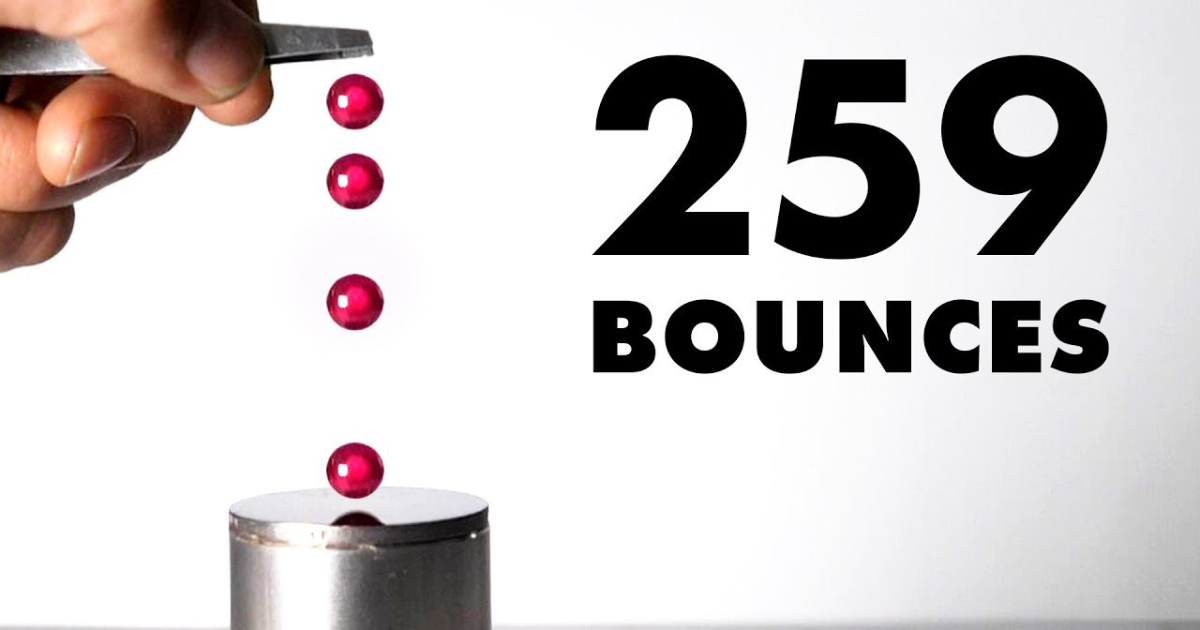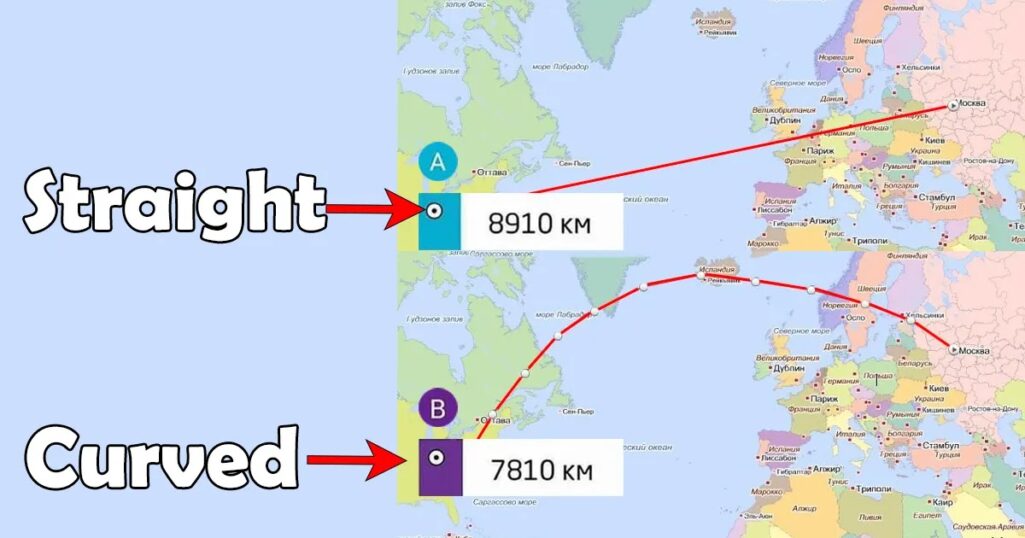
Imagine placing a ball on a spinning turntable. Intuition might tell you it’ll be flung off, but reality holds a surprising twist. The ball embarks on a mesmerizing circular orbit, defying expectations with its graceful dance. This seemingly magical phenomenon, explored in an engaging investigation, reveals the fascinating interplay of physics and mechanics at play.
The Mystery of the Stationary Ball: Why Doesn’t it Fly Off?
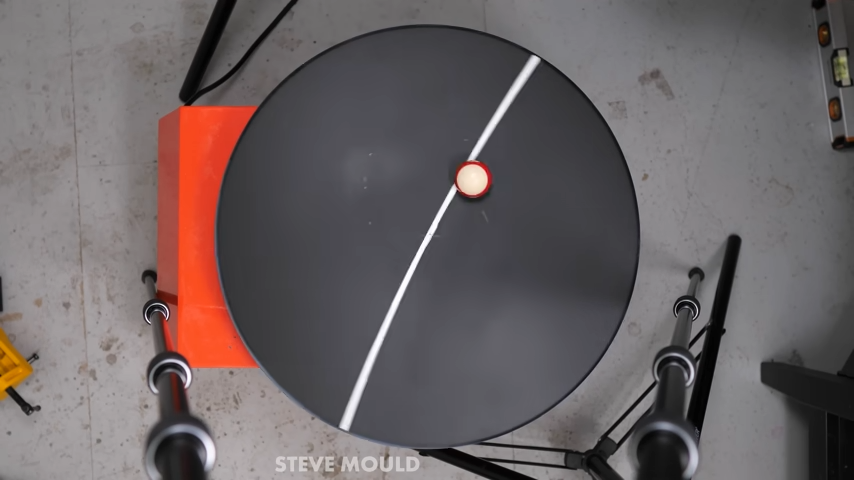
The journey begins with the perplexing stability of the ball when placed at the center. Unlike a penny or a toy car that quickly slides away, the ball, under certain conditions, remains put. This seemingly impossible feat stems from the single point of contact between the ball and the turntable. Here, the ball spins just fast enough to match the turntable’s speed, held in place by the forces of friction and Newton’s first law of motion (an object at rest stays at rest).
The Intricate Dance Begins: A Nudge Leads to a Whirling Orbit
But nudge the ball ever so slightly, and the magic unfolds. Instead of flying off, it embarks on a circular journey around the turntable’s center. This orbit, however, isn’t random; it follows a precise ratio: for every seven rotations of the turntable, the ball completes two orbits. This fascinating 7:2 ratio holds true regardless of the ball’s weight, size, or the turntable’s speed. Even a hollow ping pong ball follows a different, but predictable, 5:2 ratio.
Unveiling the Secrets: The Science of the Whirling Path
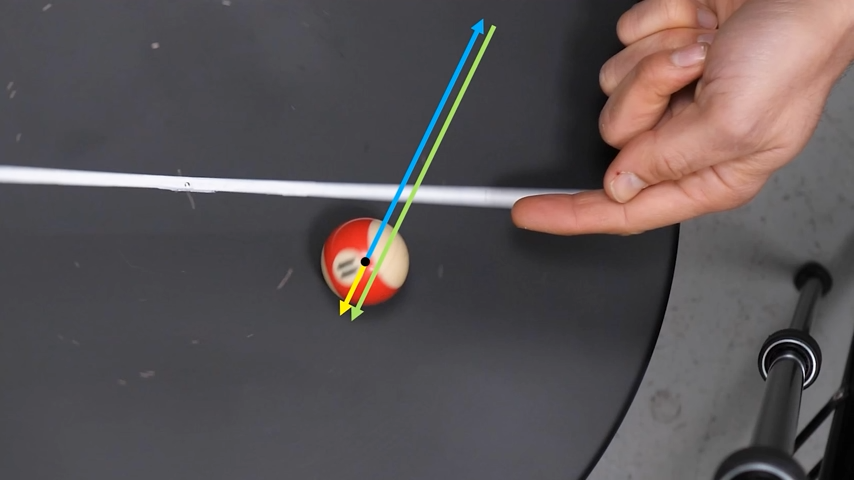
The investigation delves deeper, unveiling the concept of the orbital period. Imagine the ball’s surface moving at its fastest point, like the equator. This speed needs to match the speed of the turntable directly beneath it. When the ball is nudged inwards, it rotates faster than the turntable at that point, leading it to “roll forward” in its orbit.
A closer look reveals the complex interplay of velocities. The ball’s overall movement results from the combined effect of the turntable’s velocity and the ball’s relative velocity to the turntable. As the ball moves around the orbit, the changing direction and speed of the turntable lead to its curved path. In fact, with perfect conditions (no slippage or air resistance), this path would be a perfect circle.
Beyond the Perfect Dance: The Reality and Its Intriguing Twists
In reality, the path isn’t quite perfect. The ball gradually drifts inwards due to factors like slippage, eventually leaving the turntable. The exploration delves into various techniques, like using a sticky vinyl record, to minimize slippage and extend the ball’s mesmerizing dance.
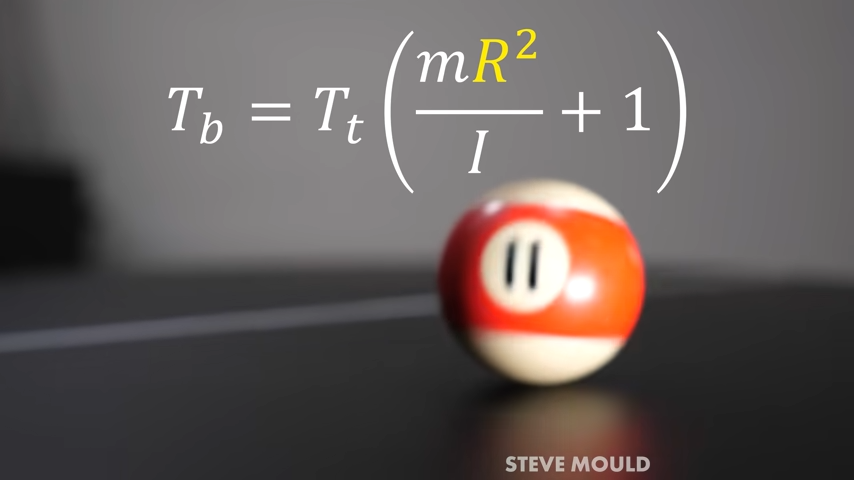
But the journey doesn’t just showcase the phenomenon; it also explains the “why” behind it. Through mathematical analysis, an equation emerges that predicts the ball’s orbital period based on its mass, radius, and moment of inertia (a measure of its resistance to rotation). This equation elegantly explains the 7:2 ratio and how it differs for a hollow ball due to its unique moment of inertia.
A Glimpse into Hidden Forces: The Coriolis Effect and Beyond
While the exploration avoids the Coriolis force concept, potentially due to its complexity, it draws an interesting parallel to the deflection of winds in the Northern Hemisphere. Just like winds experience an apparent deflection due to Earth’s rotation, the nudged ball experiences a similar “deflection” on the spinning turntable.
The exploration concludes with a final surprise: tilting the turntable doesn’t lead the ball to roll downhill, but rather perpendicular to the tilt, reminiscent of gyroscopic behavior. This unexpected outcome leaves viewers pondering the intriguing connections between spinning objects and their seemingly defying motions.
A Journey of Curiosity and Discovery
This exploration not only entertains with its captivating demonstration but also educates viewers about the wonders of physics and mechanics. It encourages curiosity, invites further exploration, and leaves us marveling at the elegant dance between a simple ball and a spinning turntable. So, the next time you see a spinning object, remember the hidden forces at play, the intricate relationships between motion and inertia, and the captivating stories they tell about our world.

